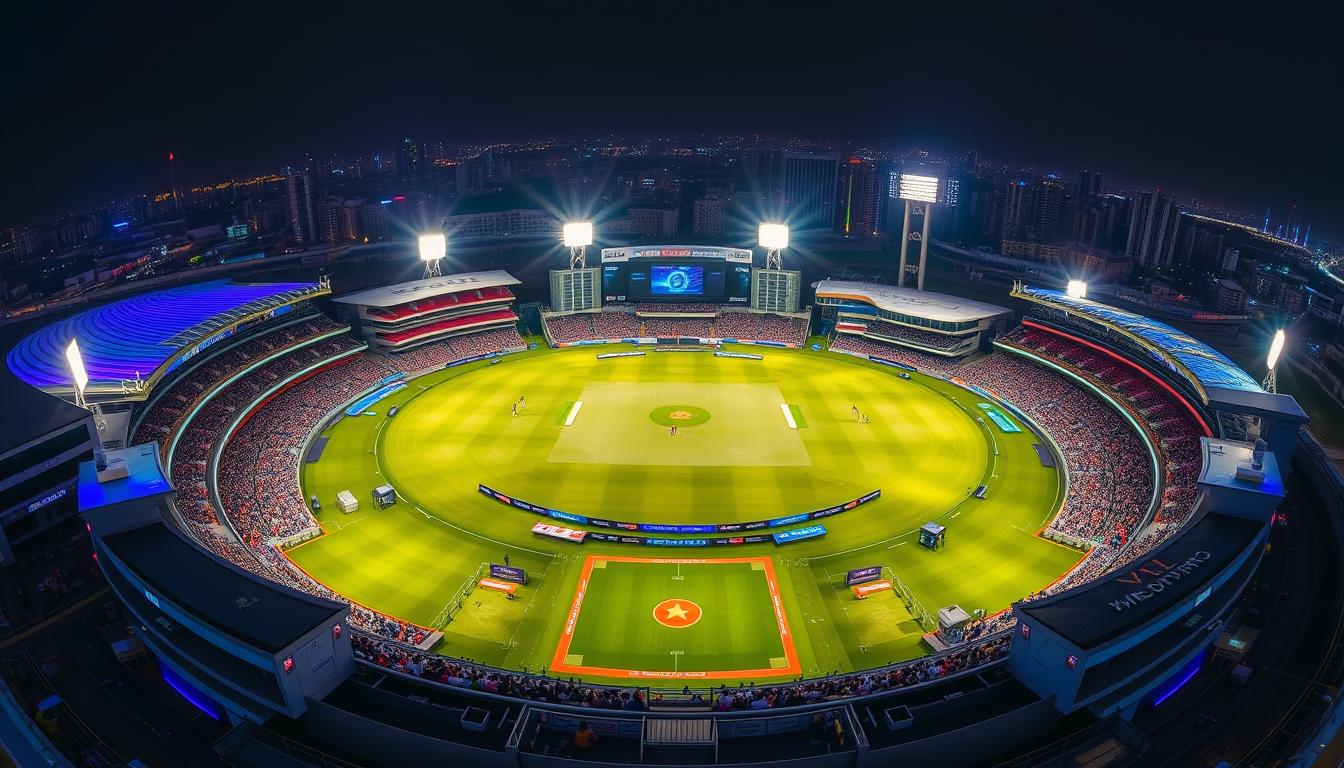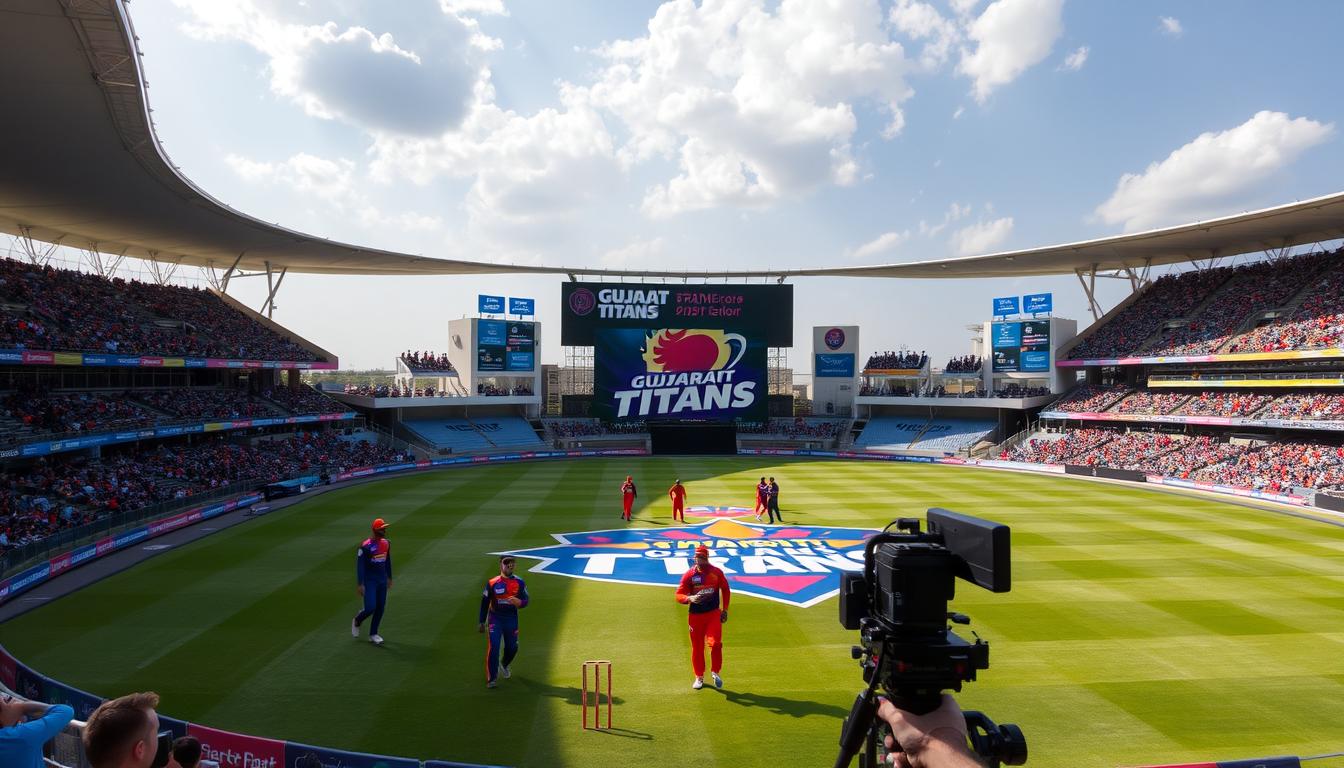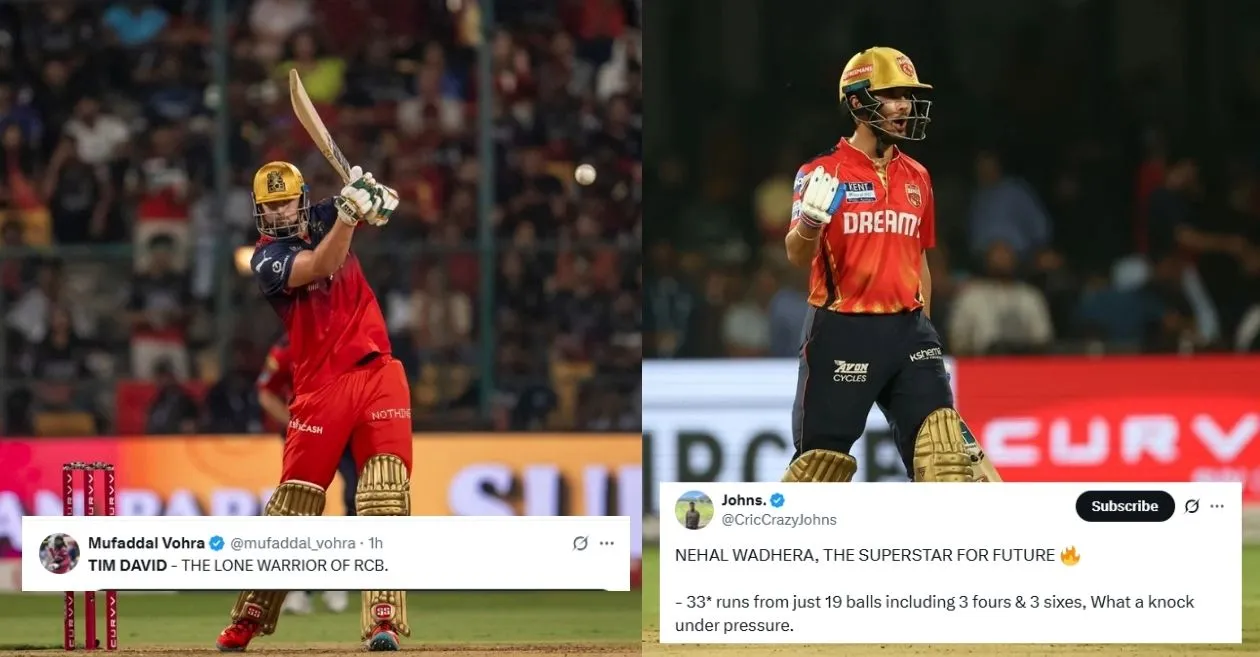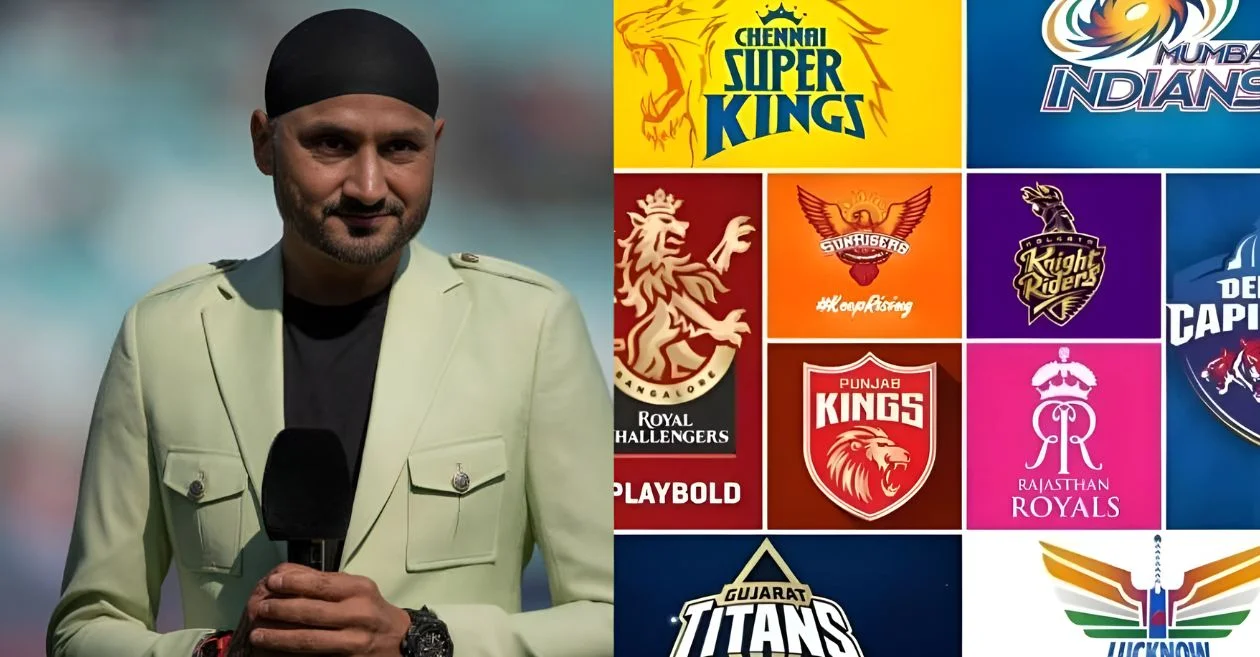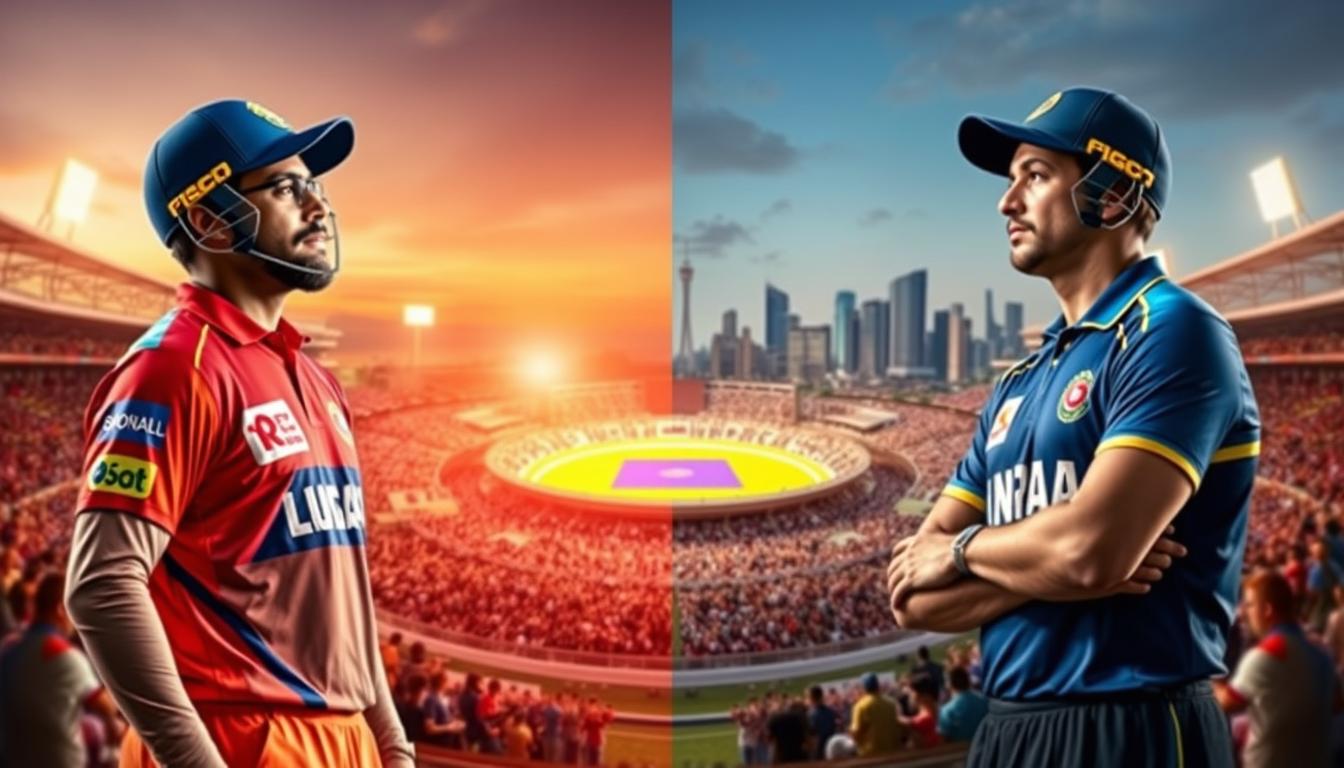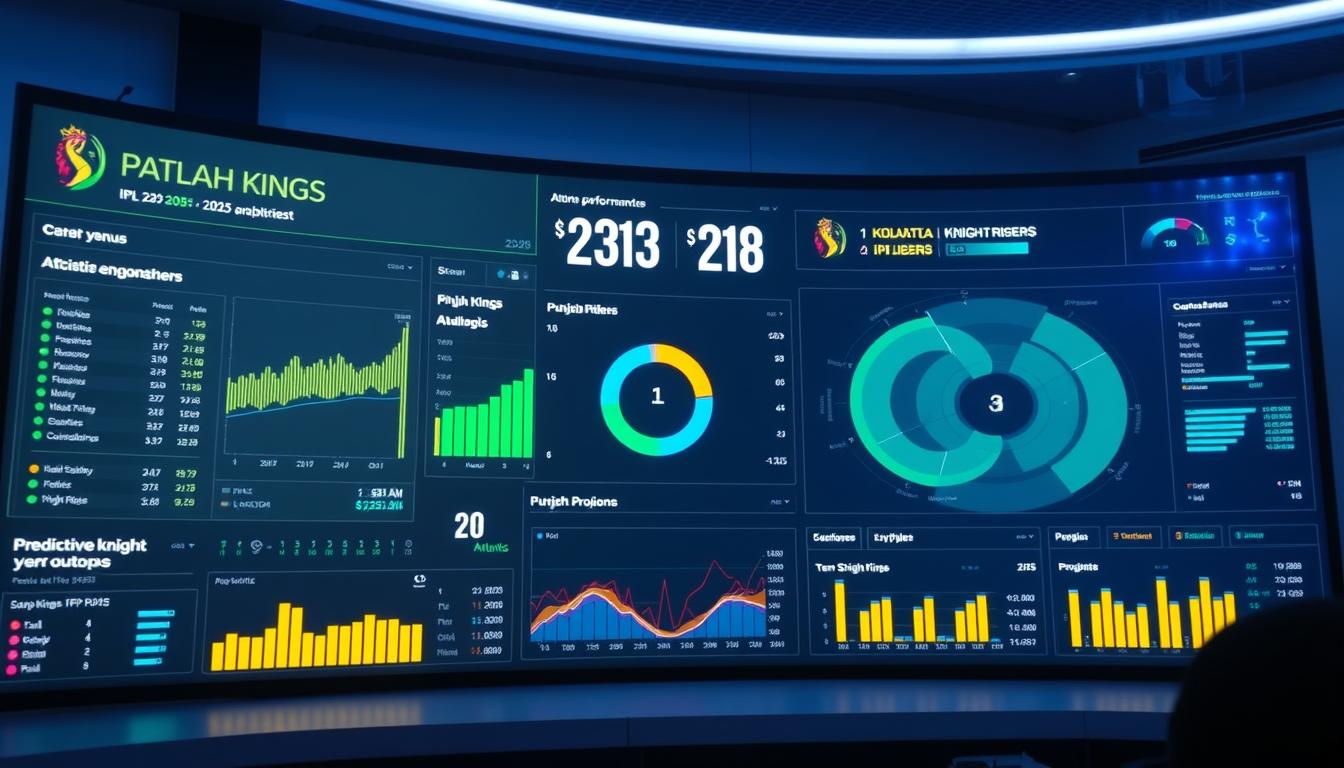[ad_1]
Mitch Starc was shocked when a back-foot no-ball was called by umpire, not a front-foot one, cost him in Delhi’s Super Over win against Rajasthan. This came into play guideline entered into play after a 3rd umpire testimonial. Below’s a fast study this unusual cricket regulation.
1 What is a back-foot no-ball?
It occurs when the bowler’s back foot arrive at or outside the return crease during distribution. &# 13;
For a legal ball, the back foot must land fully inside the return crease– not touching or crossing it. &# 13;
2 How it is different from a front-foot no-ball?
Front foot: Some part must lag the standing out crease. &# 13;
Back foot: Have to land totally inside the return fold. Touching or looking at = no-ball. &# 13;
3 Why does this rule exist?
To stop bowlers from developing extreme angles that make umpiring tough. &# 13;
It ensures fair play and maintains delivery angles in check. &# 13;
4 What occurs if a back-foot no-ball is called?
Batting side gets 1 additional run. &# 13;
Next round is a free hit. &# 13;
Batter can’t be rejected– other than by run out, obstructing the area, or taking care of the round. &# 13;
5 That calls back-foot no-balls?
Mostly, the on-field umpire does. &# 13;
In leagues like the IPL, the third umpire utilizes replays. &# 13;
It’s more difficult to identify than front-foot no-balls. &# 13;
6 Can the foot go outside the return fold in the air?
Yes– floating is great. &# 13;
Just the factor where the foot touches the ground issues. &# 13;
If that call is outside or on the crease = no-ball.
[ad_2]



